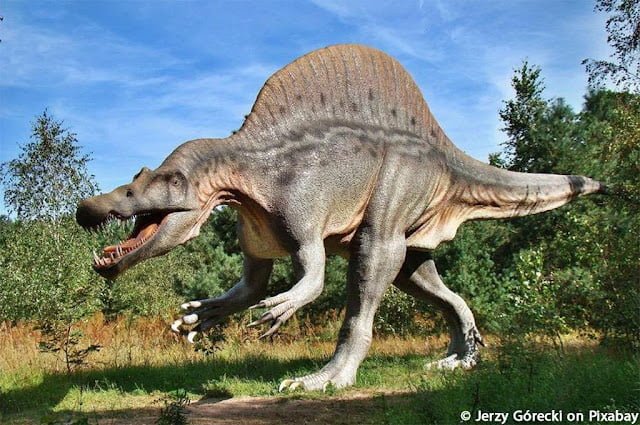Texas’ severe drought has revealed ancient dinosaur footprints. The prints were discovered at Dinosaur Valley State Park in Glen Rose after rivers had almost completely dried up. However, they will soon vanish. A member of a non-profit organization working at the park made the discovery.

According to CBC News, the deep footprints, complete with long claw marks, are preserved in a river bed that runs through Dinosaur Valley State Park, about 140 kilometers southwest of Dallas.
Acrocanthosaurus, a carnivorous dinosaur that stood about four metres tall and weighed about six tonnes, left footprints along what is now the Paluxy River bed.
According to Park Superintendent Jeff Davis, months of scorching heat have dried up more of the Paluxy River than usual.
“Those are exposed tracks that are very rarely seen,” Davis explained. “They’re typically covered by deep water, gravel, and sandbars.”
He says the three-toed tracks of the “Acro” were made by a two-legged carnivore with a similar body shape to the Tyrannosaurus Rex, but it’s much older than the T-Rex.
When the river dries up, the footprints do not look like this. Workers and volunteers have to carefully clear away the dry mud and sediment with water, leaf blowers, and brooms so that the tracks can be seen in the limestone. But once they do, they look like something out of a movie.
 “Most of the time, they are under mud and water. Only during extreme drought are some visible,” said Baker, who is the manager of the Dinosaur Valley Park Store and volunteers at the Glen Rose, Texas park.
“Most of the time, they are under mud and water. Only during extreme drought are some visible,” said Baker, who is the manager of the Dinosaur Valley Park Store and volunteers at the Glen Rose, Texas park.
Davis stated that rains had already begun to fill in the ancient tracks by Wednesday, and will soon hide the secret treasures of the park once again in the mud and silt of the river.
The Acrocanthosaurus may have fed on the Sauroposeidon’s young or injured. The prints were created during the Cretaceous period, when the area was a shallow inland sea, long before it became rolling prairies in central Texas.


































